Chocolate Raw Materials: An In-Depth Exploration
Introduction to Chocolate Raw Materials
Chocolate is a beloved confection made from a combination of various raw materials, each contributing to its unique flavor, texture, and overall quality. The main raw materials used in chocolate production include cocoa beans, cocoa butter, cocoa powder, sugar, milk, and various flavorings and additives. Understanding these ingredients and their roles in chocolate production is essential for both manufacturers and consumers who seek to appreciate the complexity and craftsmanship involved in creating this indulgent treat.
Types of Chocolate Raw Materials
1. Cocoa Beans
Cocoa beans are the seeds of the cacao tree (Theobroma cacao) and are the primary raw material for chocolate production. They are harvested, fermented, dried, roasted, and then processed into various forms used in chocolate making.
Types of Cocoa Beans:
- Criollo: Known for its fine flavor and aromatic profile, Criollo beans are considered the highest quality but are also the rarest and most expensive.
- Forastero: These beans are more robust and have a stronger, more bitter flavor. They are the most commonly grown and used in mass production.
- Trinitario: A hybrid of Criollo and Forastero, Trinitario beans combine the fine flavor of Criollo with the hardiness of Forastero, making them a popular choice for premium chocolates.
2. Cocoa Butter
Cocoa butter is the fat extracted from cocoa beans. It is a crucial ingredient in chocolate, providing smoothness, richness, and the characteristic melt-in-the-mouth texture.
Types of Cocoa Butter:
- Natural Cocoa Butter: Extracted directly from the cocoa bean, retaining its natural flavor and aroma.
- Deodorized Cocoa Butter: Treated to remove any strong flavors or odors, making it suitable for white chocolate and products where a neutral flavor is desired.
3. Cocoa Powder
Cocoa powder is made by grinding cocoa solids that remain after cocoa butter is extracted from the cocoa bean. It provides the chocolate flavor in various applications.
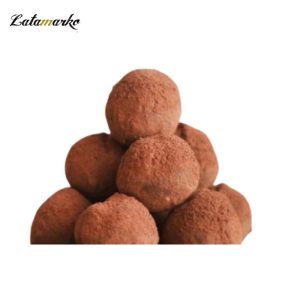
Types of Cocoa Powder:
- Natural Cocoa Powder: Light brown in color, it has a strong, slightly acidic chocolate flavor.
- Dutch-Processed (Alkalized) Cocoa Powder: Treated with an alkalizing agent to neutralize its acidity, resulting in a darker color and milder flavor.
4. Sugar
Sugar is a key ingredient in chocolate, providing sweetness and contributing to the texture.
Types of Sugar:
- Granulated Sugar: Commonly used in milk and dark chocolates.
- Confectioners’ Sugar: Used in some types of chocolate confections and coatings.
- Invert Sugar: Helps to retain moisture and improve shelf life.
5. Milk Solids
Milk solids are essential for milk chocolate and white chocolate, providing creaminess and a lighter color.
Types of Milk Solids:
- Whole Milk Powder: Adds richness and a creamy texture.
- Skim Milk Powder: Used to reduce fat content while maintaining milk flavor.
- Sweetened Condensed Milk: Adds sweetness and creaminess.
6. Flavorings and Additives
Flavorings and additives enhance the taste and texture of chocolate.
Common Additives:
- Vanilla: Adds a sweet, floral note.
- Lecithin: An emulsifier that improves the texture and flow properties of chocolate.
- Salt: Enhances flavor and balances sweetness.
MT Royal Company: A Premier Supplier of Chocolate Raw Materials
Overview of MT Royal Company
MT Royal Company is a leading supplier of high-quality chocolate raw materials. With a commitment to excellence and a comprehensive product range, MT Royal caters to the diverse needs of chocolate manufacturers, ensuring they have access to the finest ingredients necessary for creating exceptional chocolate products.
Strengths of MT Royal Company
1. Extensive Product Range:
- MT Royal offers a wide variety of chocolate raw materials, including all types of cocoa beans, cocoa butter, cocoa powder, sugars, milk solids, and various flavorings and additives.
2. Quality Assurance:
- The company prioritizes quality, ensuring that all products meet stringent standards and are sourced from reputable suppliers. This commitment guarantees the consistency and reliability of the raw materials.
3. Competitive Pricing:
- By leveraging strong relationships with suppliers and efficient supply chain management, MT Royal provides competitive pricing on all its products, offering excellent value to its customers.
4. Expert Support:
- MT Royal’s team of experts provides valuable support and guidance to customers, helping them select the best raw materials for their specific applications and offering technical assistance to optimize production processes.
5. Fast and Reliable Delivery:
- With an efficient logistics network, MT Royal ensures timely delivery of products, helping manufacturers maintain smooth and uninterrupted production schedules.
Detailed Description of Key Chocolate Raw Materials
Cocoa Beans
Cocoa beans are the foundation of all chocolate products. The quality and characteristics of the cocoa beans directly influence the flavor profile, aroma, and texture of the finished chocolate.
Processing of Cocoa Beans:
- Fermentation: Freshly harvested cocoa beans are fermented for several days to develop their flavor. This process involves natural enzymatic reactions that reduce bitterness and acidity while enhancing the chocolatey notes.
- Drying: After fermentation, the beans are dried to reduce moisture content and prevent spoilage. This step is crucial for preserving the beans during storage and transport.
- Roasting: The dried beans are roasted to further develop their flavor and aroma. The roasting process also helps to separate the cocoa nibs from the shells.
- Winnowing: Roasted beans are cracked open, and the shells are removed, leaving behind the nibs. These nibs are then ground to produce cocoa mass, which can be further processed into cocoa butter and cocoa powder.
Cocoa Butter
Cocoa butter is the fat component of the cocoa bean, and it plays a critical role in the texture and mouthfeel of chocolate.
Extraction of Cocoa Butter:
- Pressing: The cocoa mass is pressed to separate the cocoa butter from the cocoa solids. The resulting cocoa butter is then filtered and purified.
- Fractionation: In some cases, cocoa butter is fractionated to separate it into different fractions with varying melting points. This allows for the production of cocoa butter with specific properties tailored to different applications.
Applications of Cocoa Butter:
- Chocolate Making: Cocoa butter is used in the production of milk, dark, and white chocolates, providing smoothness and a pleasant melt-in-the-mouth texture.
- Confectionery Coatings: It is used in coatings for candies and other confections, giving a glossy finish and enhancing the overall appearance.
- Cosmetics and Pharmaceuticals: Due to its emollient properties, cocoa butter is also used in cosmetic and pharmaceutical products, such as lotions, creams, and lip balms.
Cocoa Powder
Cocoa powder provides the chocolate flavor in various applications, from baking to beverages.
Production of Cocoa Powder:
- Grinding: After the cocoa butter is extracted, the remaining cocoa solids are ground into a fine powder.
- Alkalization (Dutch-Processing): In the case of Dutch-processed cocoa powder, the cocoa solids are treated with an alkalizing agent to neutralize the acidity, resulting in a darker color and milder flavor.
Applications of Cocoa Powder:
- Baking: Cocoa powder is widely used in baking recipes, including cakes, cookies, and brownies, to impart a rich chocolate flavor.
- Beverages: It is used in hot chocolate mixes and other chocolate-flavored beverages.
- Confectionery: Cocoa powder is used in the production of chocolate coatings, fillings, and truffles.
Sugar
Sugar is a fundamental ingredient in chocolate, providing sweetness and contributing to the texture and mouthfeel.
Types of Sugar Used in Chocolate Making:
- Granulated Sugar: The most common type of sugar used in chocolate, it provides sweetness and helps to balance the bitterness of cocoa.
- Confectioners’ Sugar: Also known as powdered sugar, it is used in some types of chocolate confections and coatings for its fine texture.
- Invert Sugar: A mixture of glucose and fructose, invert sugar helps to retain moisture and improve the shelf life of chocolate products.
Milk Solids
Milk solids are essential for the production of milk chocolate and white chocolate, providing creaminess and a smooth texture.
Types of Milk Solids:
- Whole Milk Powder: Made by evaporating the water from whole milk, it adds richness and a creamy texture to chocolate.
- Skim Milk Powder: Produced by evaporating the water from skim milk, it is used to reduce fat content while maintaining milk flavor.
- Sweetened Condensed Milk: A mixture of milk and sugar, it adds sweetness and creaminess to chocolate.
Flavorings and Additives
Flavorings and additives enhance the taste, texture, and shelf life of chocolate.
Common Flavorings:
- Vanilla: Adds a sweet, floral note to chocolate, enhancing its overall flavor profile.
- Salt: Enhances flavor and balances sweetness, providing a more complex taste experience.
Common Additives:
- Lecithin: An emulsifier that improves the texture and flow properties of chocolate, making it easier to work with during production.
- Soy Lecithin: The most commonly used type of lecithin, derived from soybeans.
- Sunflower Lecithin: An alternative to soy lecithin, derived from sunflower seeds, and suitable for allergen-free products.
MT Royal Company: Comprehensive Supplier of Chocolate Raw Materials
Product Offerings
MT Royal Company offers an extensive range of chocolate raw materials to meet the diverse needs of manufacturers. The company’s product offerings include:
1. Cocoa Beans:
- Criollo, Forastero### Chocolate Raw Materials: A Comprehensive Overview
Introduction to Chocolate Raw Materials
Chocolate is one of the most cherished confections worldwide, and its production involves a variety of raw materials that contribute to its unique flavor, texture, and quality. The primary ingredients in chocolate making include cocoa beans, cocoa butter, cocoa powder, sugar, milk, and various flavorings and additives. This detailed exploration aims to provide an in-depth understanding of these raw materials and their significance in chocolate production.
Types of Chocolate Raw Materials
1. Cocoa Beans
Cocoa beans are the seeds of the cacao tree (Theobroma cacao) and are the foundation of all chocolate products. The beans undergo several processes, including fermentation, drying, roasting, and grinding, to produce the cocoa mass used in chocolate making.
Types of Cocoa Beans:
- Criollo: Known for its fine flavor and aromatic profile, Criollo beans are considered the highest quality but are also the rarest and most expensive.
- Forastero: These beans are more robust and have a stronger, more bitter flavor. They are the most commonly grown and used in mass production.
- Trinitario: A hybrid of Criollo and Forastero, Trinitario beans combine the fine flavor of Criollo with the hardiness of Forastero, making them a popular choice for premium chocolates.
2. Cocoa Butter
Cocoa butter is the fat extracted from cocoa beans. It is a crucial ingredient in chocolate, providing smoothness, richness, and the characteristic melt-in-the-mouth texture.
Types of Cocoa Butter:
- Natural Cocoa Butter: Extracted directly from the cocoa bean, retaining its natural flavor and aroma.
- Deodorized Cocoa Butter: Treated to remove any strong flavors or odors, making it suitable for white chocolate and products where a neutral flavor is desired.
3. Cocoa Powder
Cocoa powder is made by grinding cocoa solids that remain after cocoa butter is extracted from the cocoa bean. It provides the chocolate flavor in various applications.
Types of Cocoa Powder:
- Natural Cocoa Powder: Light brown in color, it has a strong, slightly acidic chocolate flavor.
- Dutch-Processed (Alkalized) Cocoa Powder: Treated with an alkalizing agent to neutralize its acidity, resulting in a darker color and milder flavor.
4. Sugar
Sugar is a key ingredient in chocolate, providing sweetness and contributing to the texture.
Types of Sugar:
- Granulated Sugar: Commonly used in milk and dark chocolates.
- Confectioners’ Sugar: Used in some types of chocolate confections and coatings.
- Invert Sugar: Helps to retain moisture and improve shelf life.
5. Milk Solids
Milk solids are essential for milk chocolate and white chocolate, providing creaminess and a lighter color.
Types of Milk Solids:
- Whole Milk Powder: Adds richness and a creamy texture.
- Skim Milk Powder: Used to reduce fat content while maintaining milk flavor.
- Sweetened Condensed Milk: Adds sweetness and creaminess.
6. Flavorings and Additives
Flavorings and additives enhance the taste and texture of chocolate.
Common Additives:
- Vanilla: Adds a sweet, floral note.
- Lecithin: An emulsifier that improves the texture and flow properties of chocolate.
- Salt: Enhances flavor and balances sweetness.
MT Royal Company: A Premier Supplier of Chocolate Raw Materials
Overview of MT Royal Company
MT Royal Company is a leading supplier of high-quality chocolate raw materials. With a commitment to excellence and a comprehensive product range, MT Royal caters to the diverse needs of chocolate manufacturers, ensuring they have access to the finest ingredients necessary for creating exceptional chocolate products.
Strengths of MT Royal Company
1. Extensive Product Range:
- MT Royal offers a wide variety of chocolate raw materials, including all types of cocoa beans, cocoa butter, cocoa powder, sugars, milk solids, and various flavorings and additives.
2. Quality Assurance:
- The company prioritizes quality, ensuring that all products meet stringent standards and are sourced from reputable suppliers. This commitment guarantees the consistency and reliability of the raw materials.
3. Competitive Pricing:
- By leveraging strong relationships with suppliers and efficient supply chain management, MT Royal provides competitive pricing on all its products, offering excellent value to its customers.
4. Expert Support:
- MT Royal’s team of experts provides valuable support and guidance to customers, helping them select the best raw materials for their specific applications and offering technical assistance to optimize production processes.
5. Fast and Reliable Delivery:
- With an efficient logistics network, MT Royal ensures timely delivery of products, helping manufacturers maintain smooth and uninterrupted production schedules.
Detailed Description of Key Chocolate Raw Materials
Cocoa Beans
Cocoa beans are the foundation of all chocolate products. The quality and characteristics of the cocoa beans directly influence the flavor profile, aroma, and texture of the finished chocolate.
Processing of Cocoa Beans:
- Fermentation: Freshly harvested cocoa beans are fermented for several days to develop their flavor. This process involves natural enzymatic reactions that reduce bitterness and acidity while enhancing the chocolatey notes.
- Drying: After fermentation, the beans are dried to reduce moisture content and prevent spoilage. This step is crucial for preserving the beans during storage and transport.
- Roasting: The dried beans are roasted to further develop their flavor and aroma. The roasting process also helps to separate the cocoa nibs from the shells.
- Winnowing: Roasted beans are cracked open, and the shells are removed, leaving behind the nibs. These nibs are then ground to produce cocoa mass, which can be further processed into cocoa butter and cocoa powder.
Cocoa Butter
Cocoa butter is the fat component of the cocoa bean, and it plays a critical role in the texture and mouthfeel of chocolate.
Extraction of Cocoa Butter:
- Pressing: The cocoa mass is pressed to separate the cocoa butter from the cocoa solids. The resulting cocoa butter is then filtered and purified.
- Fractionation: In some cases, cocoa butter is fractionated to separate it into different fractions with varying melting points. This allows for the production of cocoa butter with specific properties tailored to different applications.
Applications of Cocoa Butter:
- Chocolate Making: Cocoa butter is used in the production of milk, dark, and white chocolates, providing smoothness and a pleasant melt-in-the-mouth texture.
- Confectionery Coatings: It is used in coatings for candies and other confections, giving a glossy finish and enhancing the overall appearance.
- Cosmetics and Pharmaceuticals: Due to its emollient properties, cocoa butter is also used in cosmetic and pharmaceutical products, such as lotions, creams, and lip balms.
Cocoa Powder
Cocoa powder provides the chocolate flavor in various applications, from baking to beverages.
Production of Cocoa Powder:
- Grinding: After the cocoa butter is extracted, the remaining cocoa solids are ground into a fine powder.
- Alkalization (Dutch-Processing): In the case of Dutch-processed cocoa powder, the cocoa solids are treated with an alkalizing agent to neutralize the acidity, resulting in a darker color and milder flavor.
Applications of Cocoa Powder:
- Baking: Cocoa powder is widely used in baking recipes, including cakes, cookies, and brownies, to impart a rich chocolate flavor.
- Beverages: It is used in hot chocolate mixes and other chocolate-flavored beverages.
- Confectionery: Cocoa powder is used in the production of chocolate coatings, fillings, and truffles.
Sugar
Sugar is a fundamental ingredient in chocolate, providing sweetness and contributing to the texture and mouthfeel.
Types of Sugar Used in Chocolate Making:
- Granulated Sugar: The most common type of sugar used in chocolate, it provides sweetness and helps to balance the bitterness of cocoa.
- Confectioners’ Sugar: Also known as powdered sugar, it is used in some types of chocolate confections and coatings for its fine texture.
- Invert Sugar: A mixture of glucose and fructose, invert sugar helps to retain moisture and improve the shelf life of chocolate products.
Milk Solids
Milk solids are essential for the production of milk chocolate and white chocolate, providing creaminess and a smooth texture.
Types of Milk Solids:
- Whole Milk Powder: Made by evaporating the water from whole milk, it adds richness and a creamy texture to chocolate.
- Skim Milk Powder: Produced by evaporating the water from skim milk, it is used to reduce fat content while maintaining milk flavor.
- Sweetened Condensed Milk: A mixture of milk and sugar, it adds sweetness and creaminess to chocolate.
Flavorings and Additives
Flavorings and additives enhance the taste, texture, and shelf life of chocolate.
Common Flavorings:
- Vanilla: Adds a sweet, floral note to chocolate, enhancing its overall flavor profile.
- Salt: Enhances flavor and balances sweetness, providing a more complex taste experience.
Common Additives:
- Lecithin: An emulsifier that improves the texture and flow properties of chocolate, making it easier to work with during production.
- Soy Lecithin: The most commonly used type of lecithin, derived from soybeans.
- Sunflower Lecithin: An alternative to soy lecithin, derived from sunflower seeds, and suitable for allergen-free products.
MT Royal Company: Comprehensive Supplier of Chocolate Raw Materials
Product Offerings
MT Royal Company offers an extensive range of chocolate raw materials to meet the diverse needs of manufacturers. The company’s product offerings include:
1. Cocoa Beans:
- Criollo, Forastero, and Trinitario bean s LATAMARKO Chocolate Raw Materials: An In-Depth Exploration
Introduction to Chocolate Raw Materials
Chocolate is a beloved confection made from a combination of various raw materials, each contributing to its unique flavor, texture, and overall quality. The main raw materials used in chocolate production include cocoa beans, cocoa butter, cocoa powder, sugar, milk, and various flavorings and additives. Understanding these ingredients and their roles in chocolate production is essential for both manufacturers and consumers who seek to appreciate the complexity and craftsmanship involved in creating this indulgent treat.
Types of Chocolate Raw Materials
1. Cocoa Beans
Cocoa beans are the seeds of the cacao tree (Theobroma cacao) and are the primary raw material for chocolate production. They are harvested, fermented, dried, roasted, and then processed into various forms used in chocolate making.
Types of Cocoa Beans:
- Criollo: Known for its fine flavor and aromatic profile, Criollo beans are considered the highest quality but are also the rarest and most expensive.
- Forastero: These beans are more robust and have a stronger, more bitter flavor. They are the most commonly grown and used in mass production.
- Trinitario: A hybrid of Criollo and Forastero, Trinitario beans combine the fine flavor of Criollo with the hardiness of Forastero, making them a popular choice for premium chocolates.
2. Cocoa Butter
Cocoa butter is the fat extracted from cocoa beans. It is a crucial ingredient in chocolate, providing smoothness, richness, and the characteristic melt-in-the-mouth texture.
Types of Cocoa Butter:
- Natural Cocoa Butter: Extracted directly from the cocoa bean, retaining its natural flavor and aroma.
- Deodorized Cocoa Butter: Treated to remove any strong flavors or odors, making it suitable for white chocolate and products where a neutral flavor is desired.
3. Cocoa Powder
Cocoa powder is made by grinding cocoa solids that remain after cocoa butter is extracted from the cocoa bean. It provides the chocolate flavor in various applications.
Types of Cocoa Powder:
- Natural Cocoa Powder: Light brown in color, it has a strong, slightly acidic chocolate flavor.
- Dutch-Processed (Alkalized) Cocoa Powder: Treated with an alkalizing agent to neutralize its acidity, resulting in a darker color and milder flavor.
4. Sugar
Sugar is a key ingredient in chocolate, providing sweetness and contributing to the texture.
Types of Sugar:
- Granulated Sugar: Commonly used in milk and dark chocolates.
- Confectioners’ Sugar: Used in some types of chocolate confections and coatings.
- Invert Sugar: Helps to retain moisture and improve shelf life.
5. Milk Solids
Milk solids are essential for milk chocolate and white chocolate, providing creaminess and a lighter color.
Types of Milk Solids:
- Whole Milk Powder: Adds richness and a creamy texture.
- Skim Milk Powder: Used to reduce fat content while maintaining milk flavor.
- Sweetened Condensed Milk: Adds sweetness and creaminess.
6. Flavorings and Additives
Flavorings and additives enhance the taste and texture of chocolate.
Common Additives:
- Vanilla: Adds a sweet, floral note.
- Lecithin: An emulsifier that improves the texture and flow properties of chocolate.
- Salt: Enhances flavor and balances sweetness.
MT Royal Company: A Premier Supplier of Chocolate Raw Materials
Overview of MT Royal Company
MT Royal Company is a leading supplier of high-quality chocolate raw materials. With a commitment to excellence and a comprehensive product range, MT Royal caters to the diverse needs of chocolate manufacturers, ensuring they have access to the finest ingredients necessary for creating exceptional chocolate products.
Strengths of MT Royal Company
1. Extensive Product Range:
- MT Royal offers a wide variety of chocolate raw materials, including all types of cocoa beans, cocoa butter, cocoa powder, sugars, milk solids, and various flavorings and additives.
2. Quality Assurance:
- The company prioritizes quality, ensuring that all products meet stringent standards and are sourced from reputable suppliers. This commitment guarantees the consistency and reliability of the raw materials.
3. Competitive Pricing:
- By leveraging strong relationships with suppliers and efficient supply chain management, MT Royal provides competitive pricing on all its products, offering excellent value to its customers.
4. Expert Support:
- MT Royal’s team of experts provides valuable support and guidance to customers, helping them select the best raw materials for their specific applications and offering technical assistance to optimize production processes.
5. Fast and Reliable Delivery:
- With an efficient logistics network, MT Royal ensures timely delivery of products, helping manufacturers maintain smooth and uninterrupted production schedules.
Detailed Description of Key Chocolate Raw Materials
Cocoa Beans
Cocoa beans are the foundation of all chocolate products. The quality and characteristics of the cocoa beans directly influence the flavor profile, aroma, and texture of the finished chocolate.
Processing of Cocoa Beans:
- Fermentation: Freshly harvested cocoa beans are fermented for several days to develop their flavor. This process involves natural enzymatic reactions that reduce bitterness and acidity while enhancing the chocolatey notes.
- Drying: After fermentation, the beans are dried to reduce moisture content and prevent spoilage. This step is crucial for preserving the beans during storage and transport.
- Roasting: The dried beans are roasted to further develop their flavor and aroma. The roasting process also helps to separate the cocoa nibs from the shells.
- Winnowing: Roasted beans are cracked open, and the shells are removed, leaving behind the nibs. These nibs are then ground to produce cocoa mass, which can be further processed into cocoa butter and cocoa powder.
Cocoa Butter
Cocoa butter is the fat component of the cocoa bean, and it plays a critical role in the texture and mouthfeel of chocolate.
Extraction of Cocoa Butter:
- Pressing: The cocoa mass is pressed to separate the cocoa butter from the cocoa solids. The resulting cocoa butter is then filtered and purified.
- Fractionation: In some cases, cocoa butter is fractionated to separate it into different fractions with varying melting points. This allows for the production of cocoa butter with specific properties tailored to different applications.
Applications of Cocoa Butter:
- Chocolate Making: Cocoa butter is used in the production of milk, dark, and white chocolates, providing smoothness and a pleasant melt-in-the-mouth texture.
- Confectionery Coatings: It is used in coatings for candies and other confections, giving a glossy finish and enhancing the overall appearance.
- Cosmetics and Pharmaceuticals: Due to its emollient properties, cocoa butter is also used in cosmetic and pharmaceutical products, such as lotions, creams, and lip balms.
Cocoa Powder
Cocoa powder provides the chocolate flavor in various applications, from baking to beverages.
Production of Cocoa Powder:
- Grinding: After the cocoa butter is extracted, the remaining cocoa solids are ground into a fine powder.
- Alkalization (Dutch-Processing): In the case of Dutch-processed cocoa powder, the cocoa solids are treated with an alkalizing agent to neutralize the acidity, resulting in a darker color and milder flavor.
Applications of Cocoa Powder:
- Baking: Cocoa powder is widely used in baking recipes, including cakes, cookies, and brownies, to impart a rich chocolate flavor.
- Beverages: It is used in hot chocolate mixes and other chocolate-flavored beverages.
- Confectionery: Cocoa powder is used in the production of chocolate coatings, fillings, and truffles.
Sugar
Sugar is a fundamental ingredient in chocolate, providing sweetness and contributing to the texture and mouthfeel.
Types of Sugar Used in Chocolate Making:
- Granulated Sugar: The most common type of sugar used in chocolate, it provides sweetness and helps to balance the bitterness of cocoa.
- Confectioners’ Sugar: Also known as powdered sugar, it is used in some types of chocolate confections and coatings for its fine texture.
- Invert Sugar: A mixture of glucose and fructose, invert sugar helps to retain moisture and improve the shelf life of chocolate products.
Milk Solids
Milk solids are essential for the production of milk chocolate and white chocolate, providing creaminess and a smooth texture.
Types of Milk Solids:
- Whole Milk Powder: Made by evaporating the water from whole milk, it adds richness and a creamy texture to chocolate.
- Skim Milk Powder: Produced by evaporating the water from skim milk, it is used to reduce fat content while maintaining milk flavor.
- Sweetened Condensed Milk: A mixture of milk and sugar, it adds sweetness and creaminess to chocolate.
Flavorings and Additives
Flavorings and additives enhance the taste, texture, and shelf life of chocolate.
Common Flavorings:
- Vanilla: Adds a sweet, floral note to chocolate, enhancing its overall flavor profile.
- Salt: Enhances flavor and balances sweetness, providing a more complex taste experience.
Common Additives:
- Lecithin: An emulsifier that improves the texture and flow properties of chocolate, making it easier to work with during production.
- Soy Lecithin: The most commonly used type of lecithin, derived from soybeans.
- Sunflower Lecithin: An alternative to soy lecithin, derived from sunflower seeds, and suitable for allergen-free products.
продовольствие-сырье по-русски


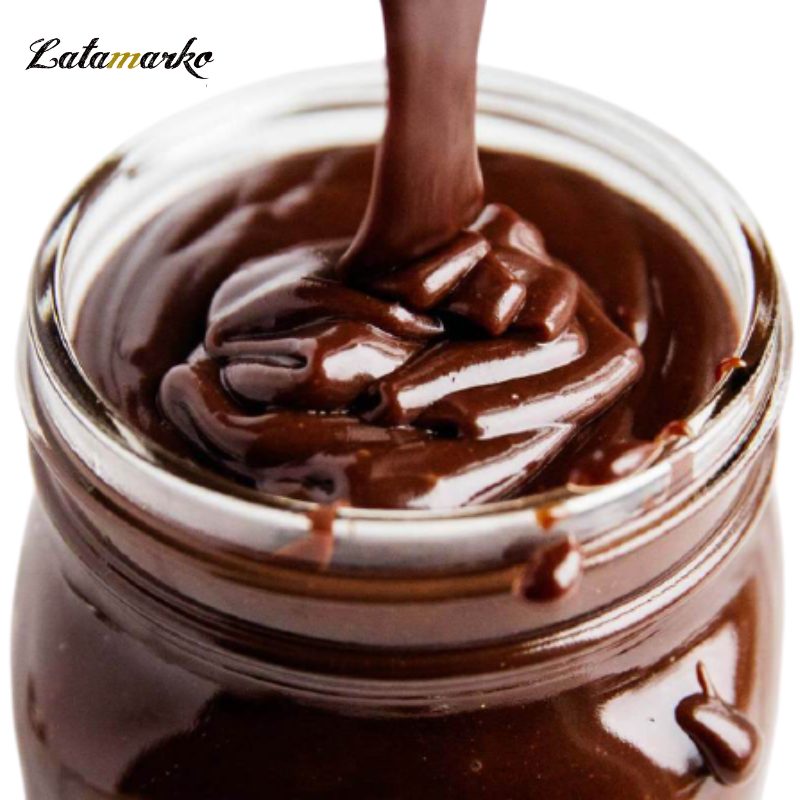
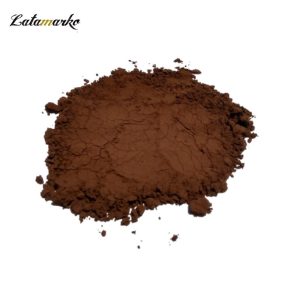

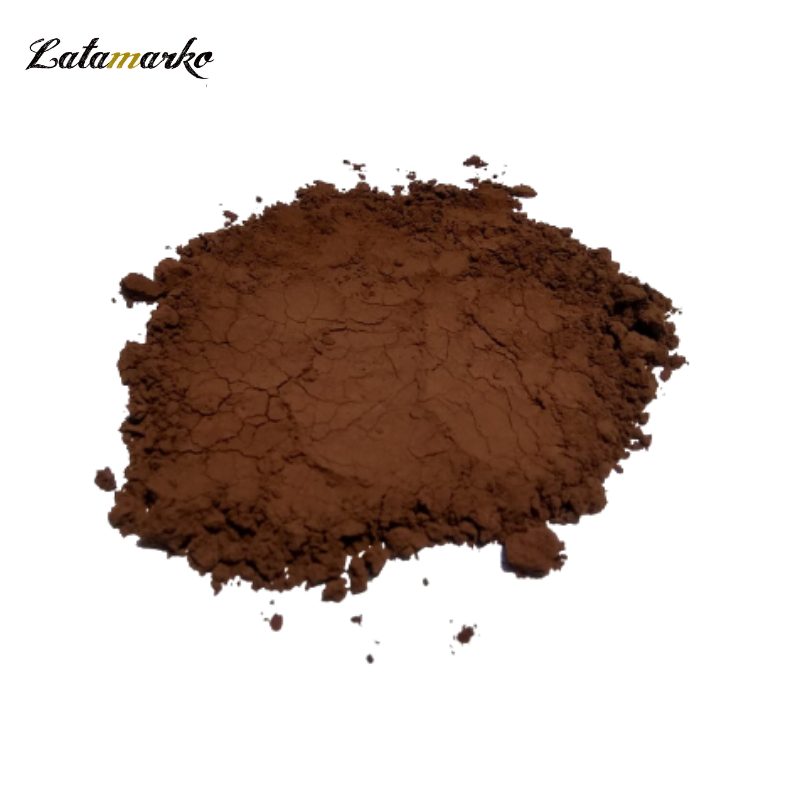
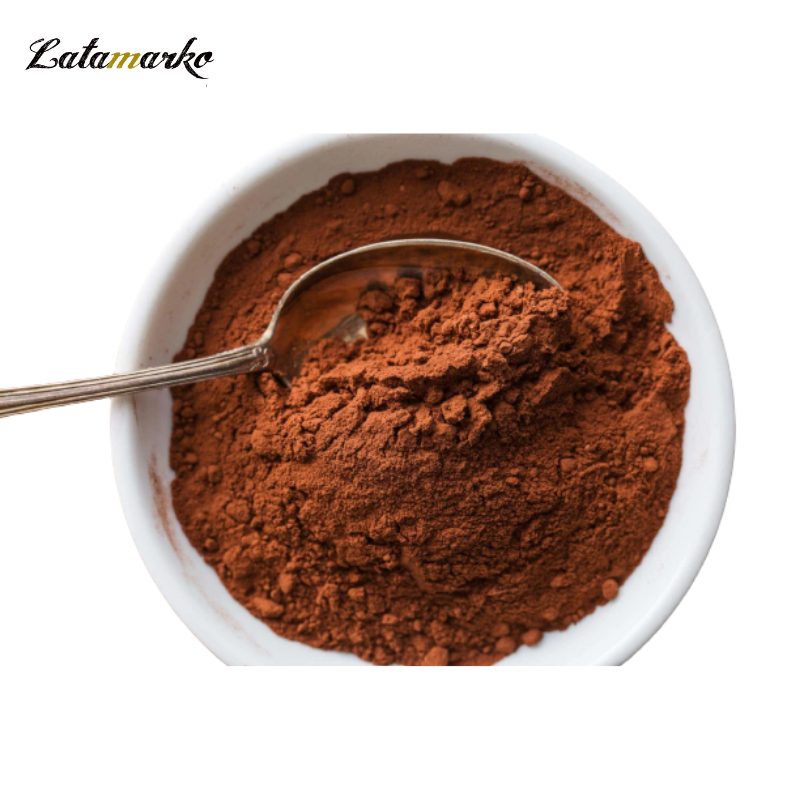

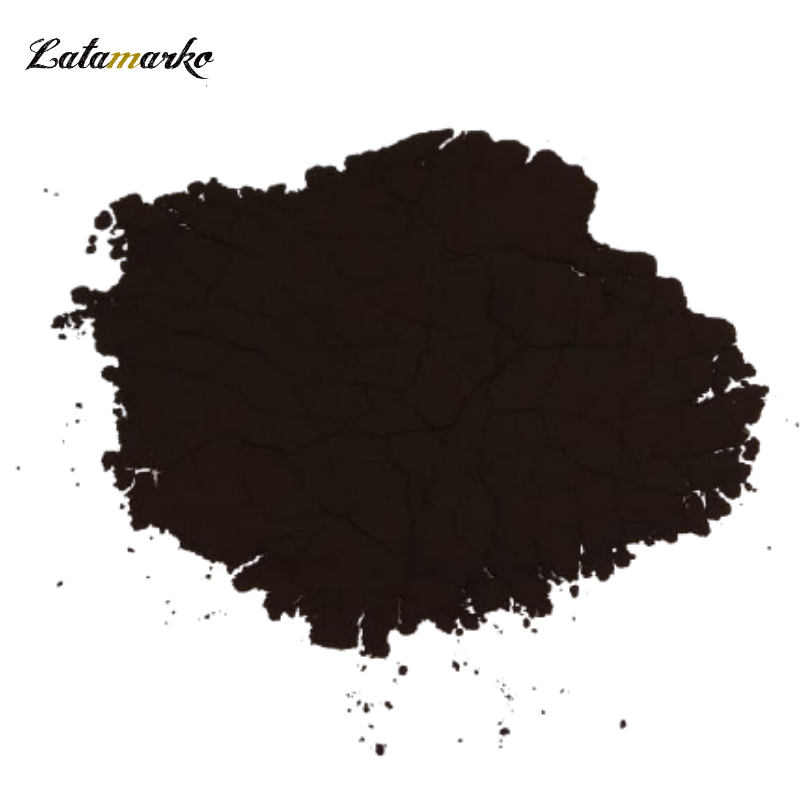
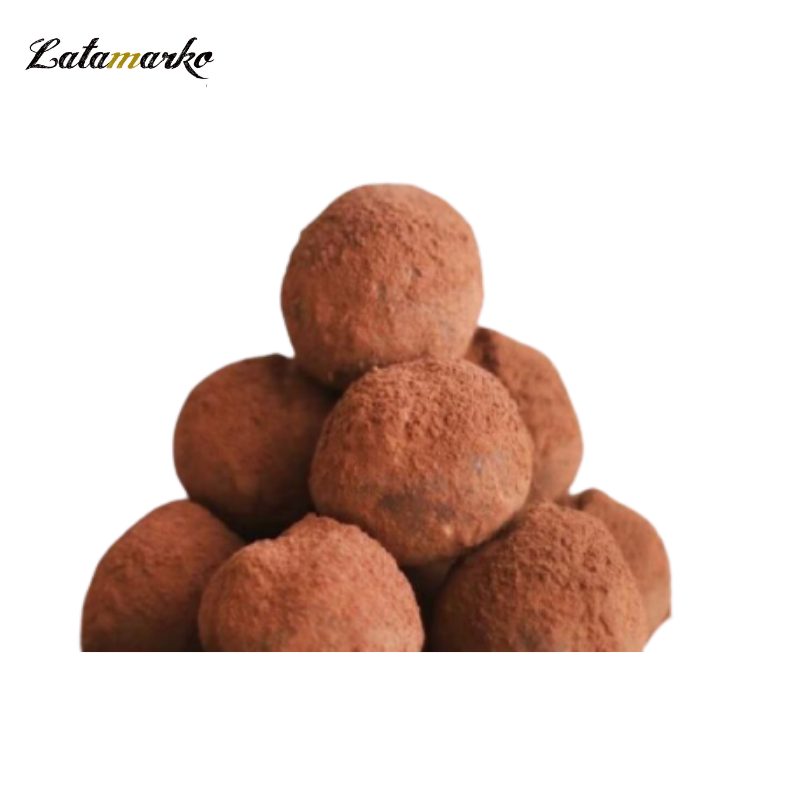

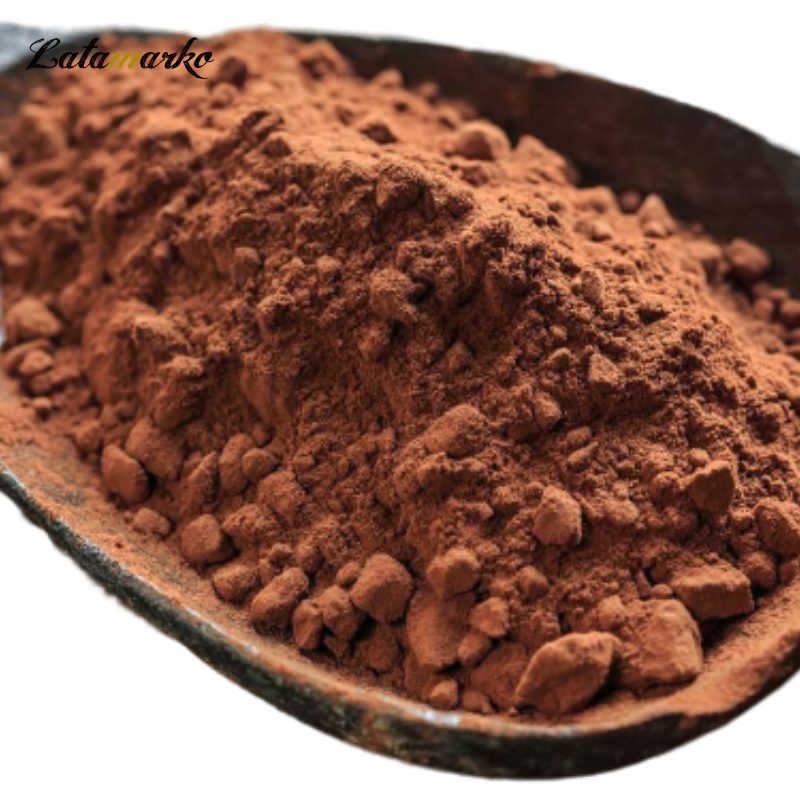
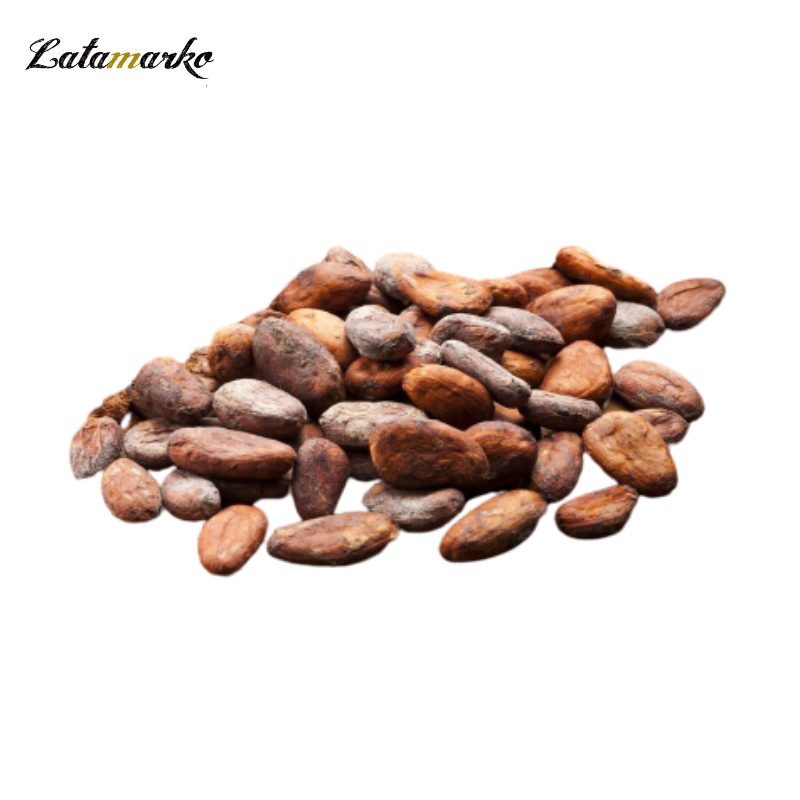


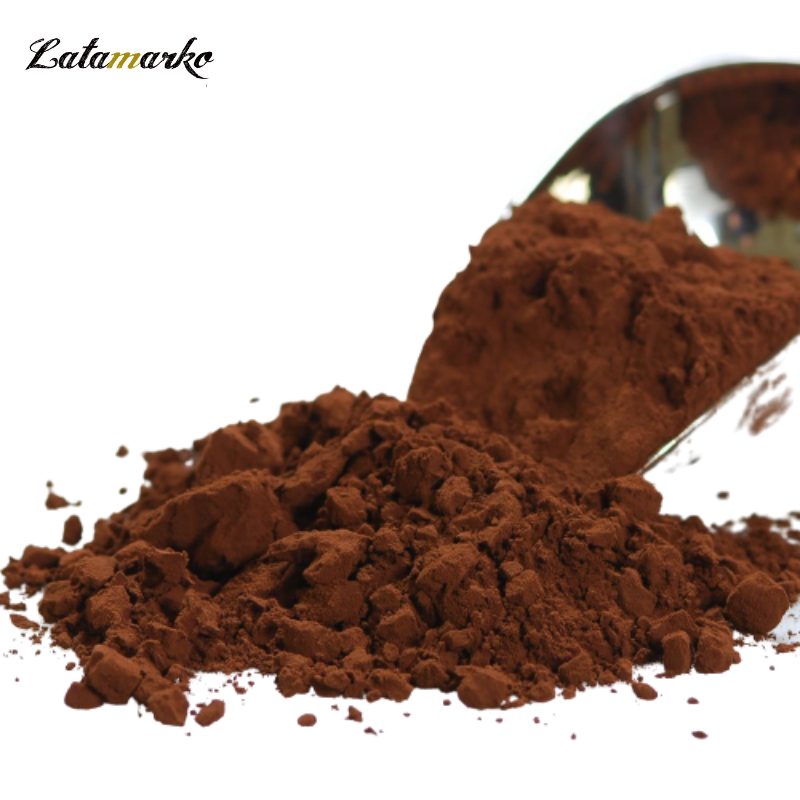

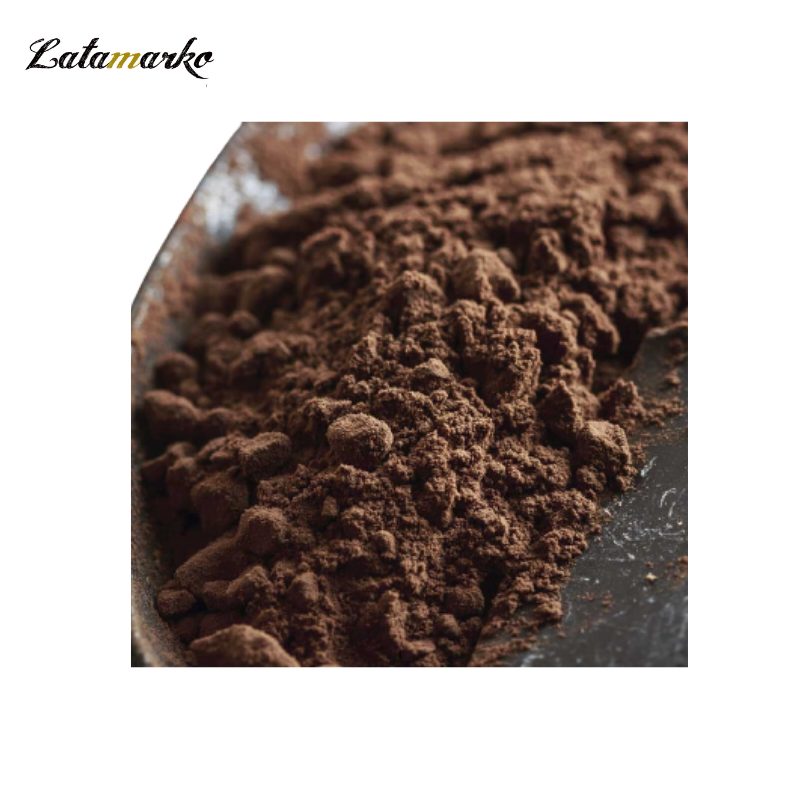
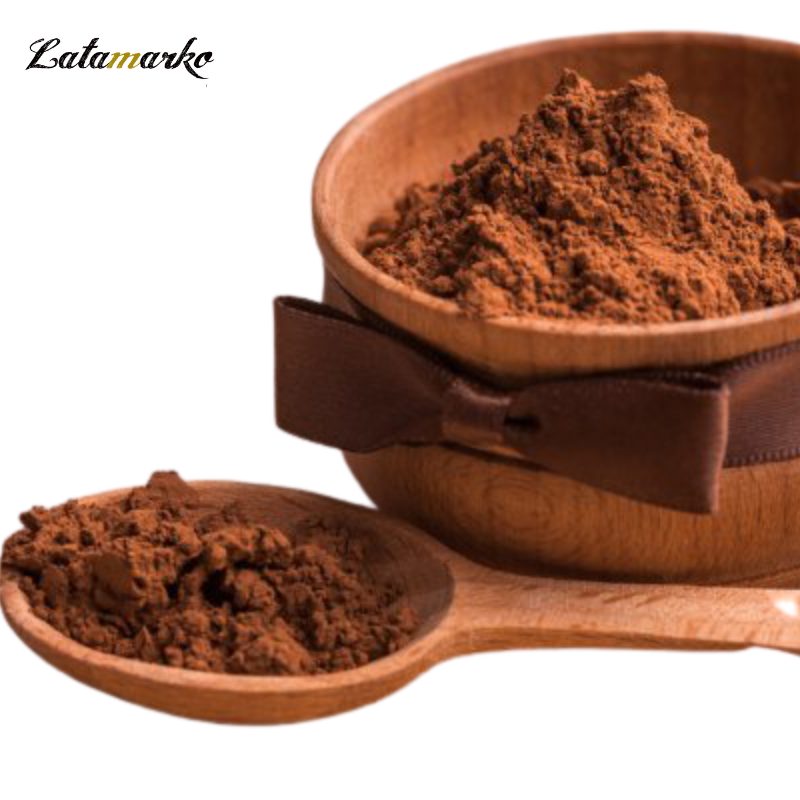
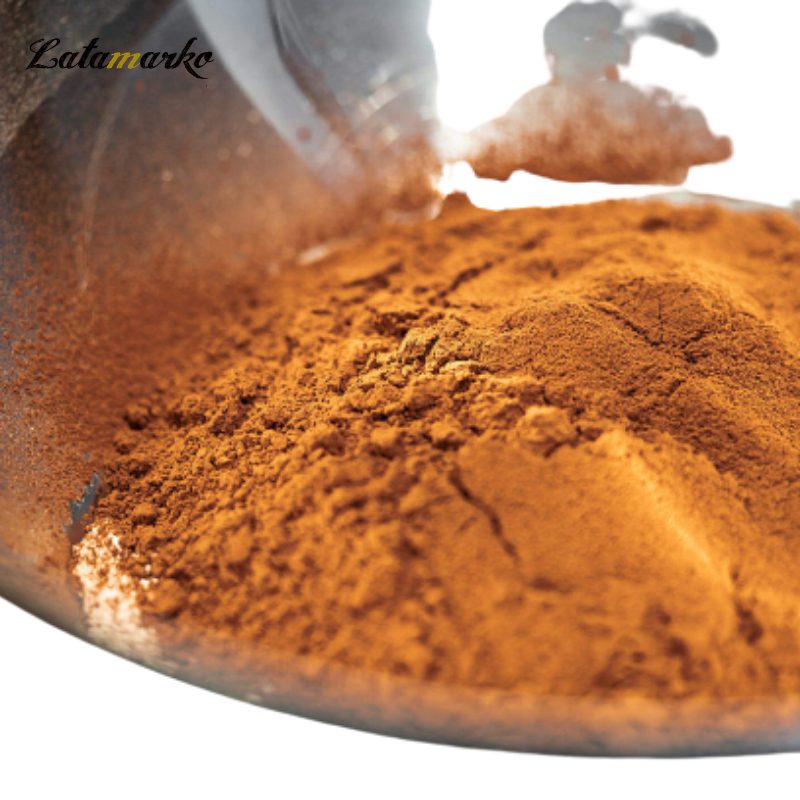
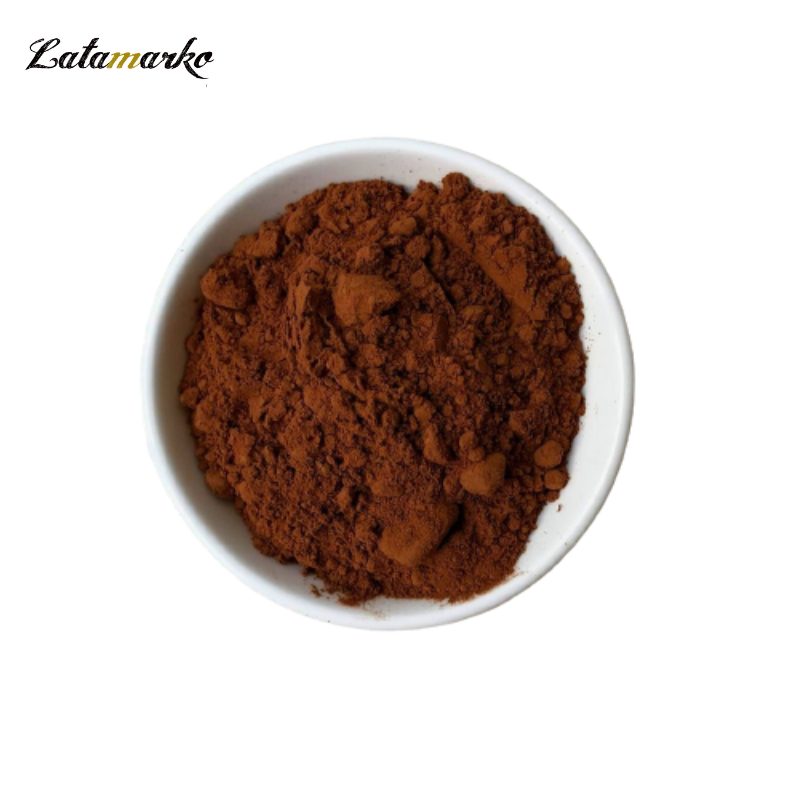
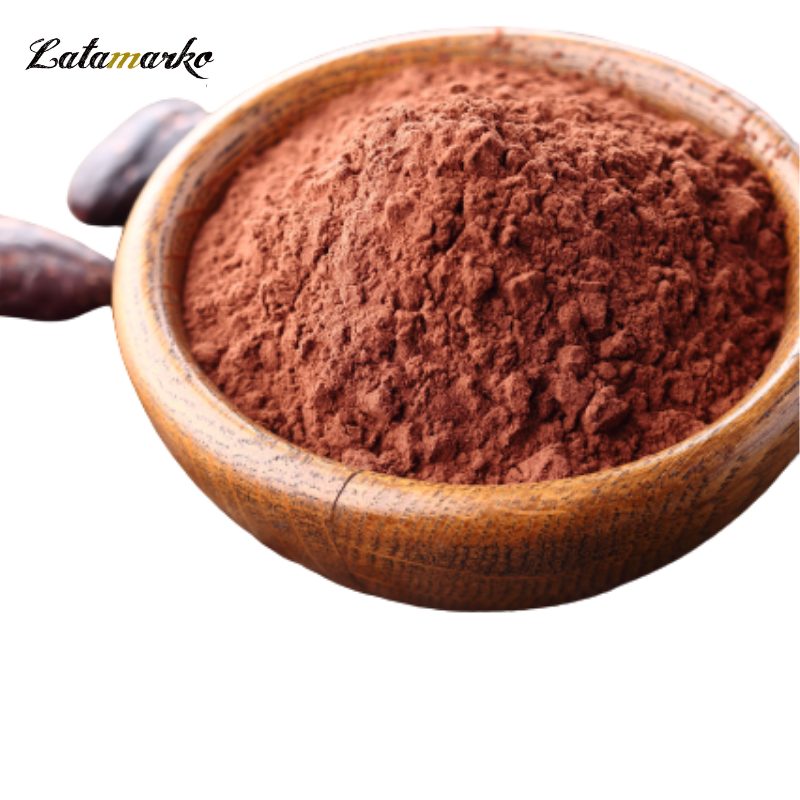
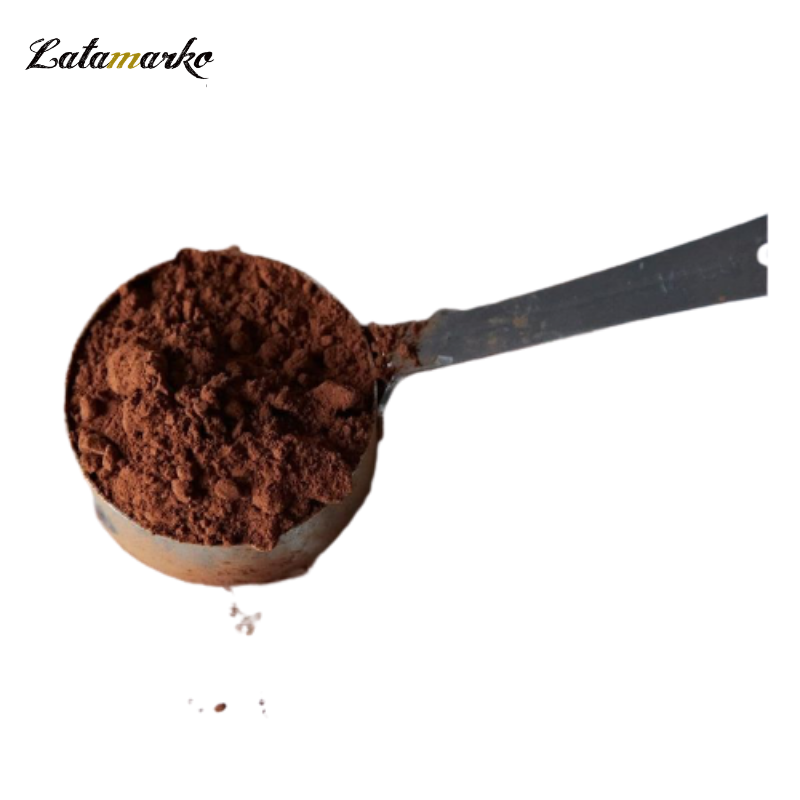
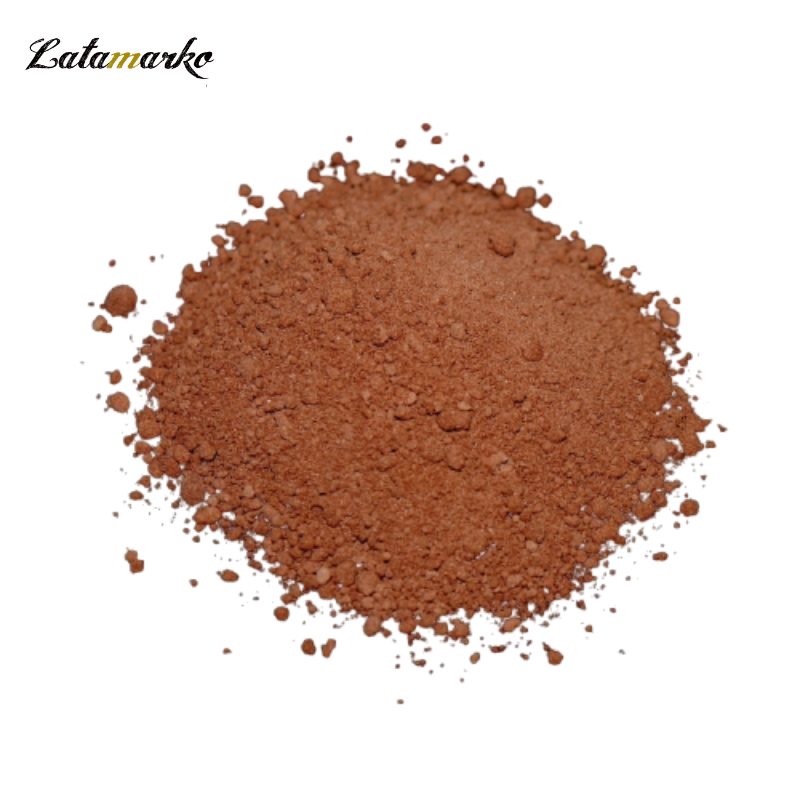
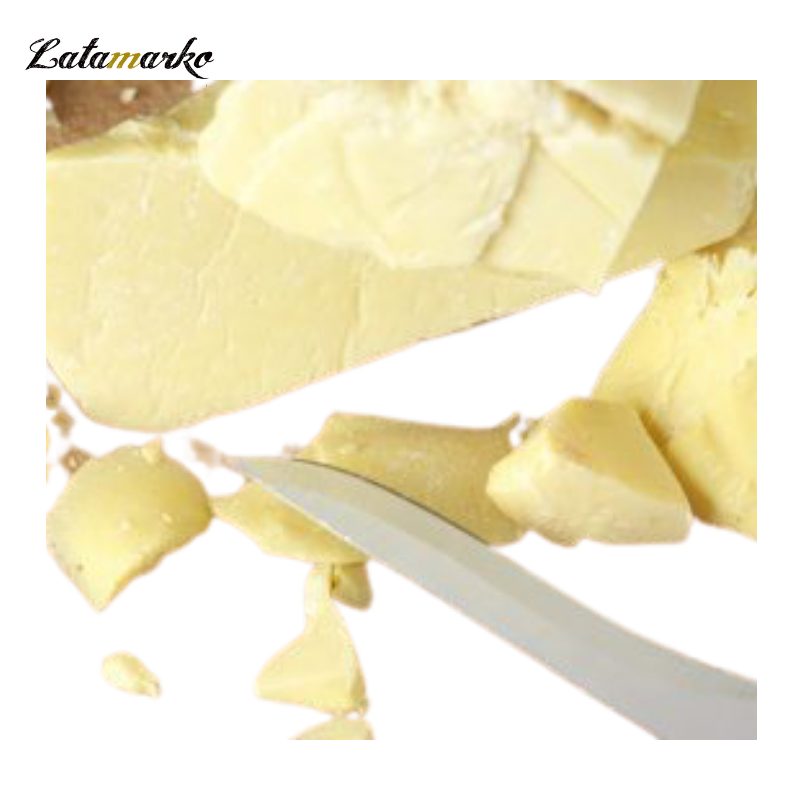


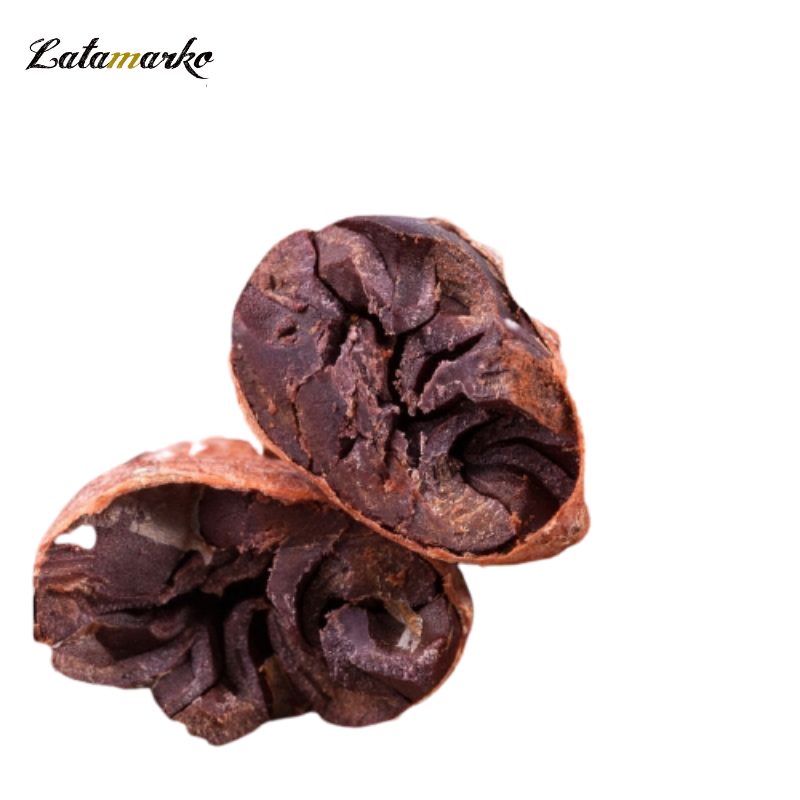
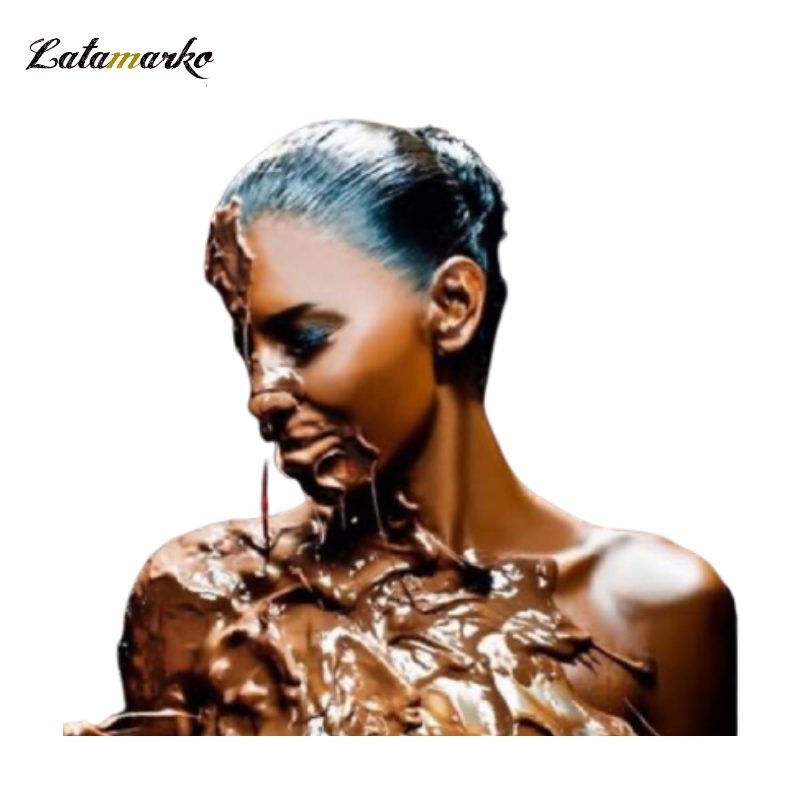

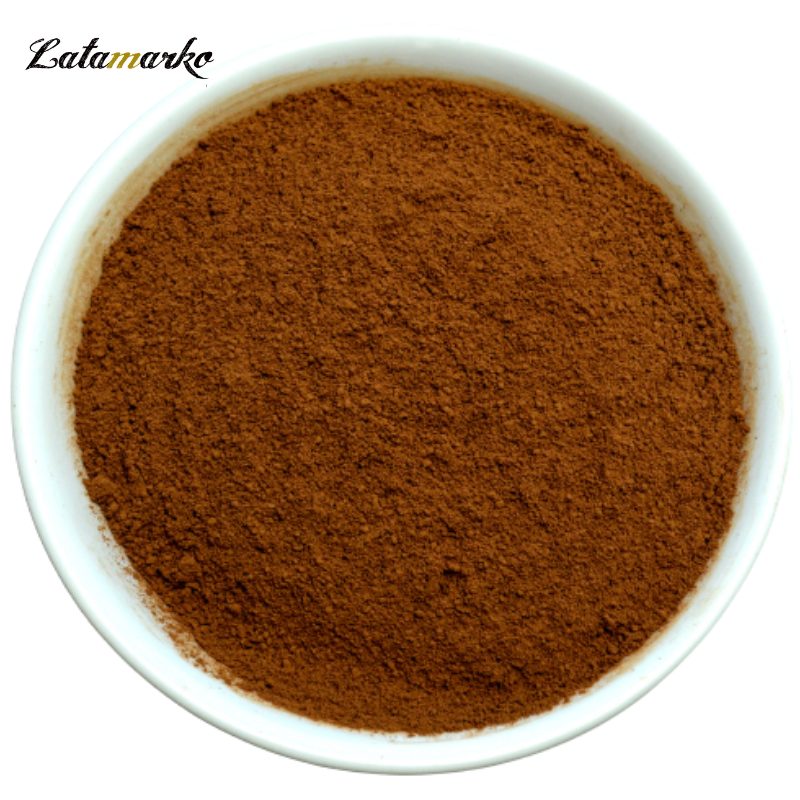

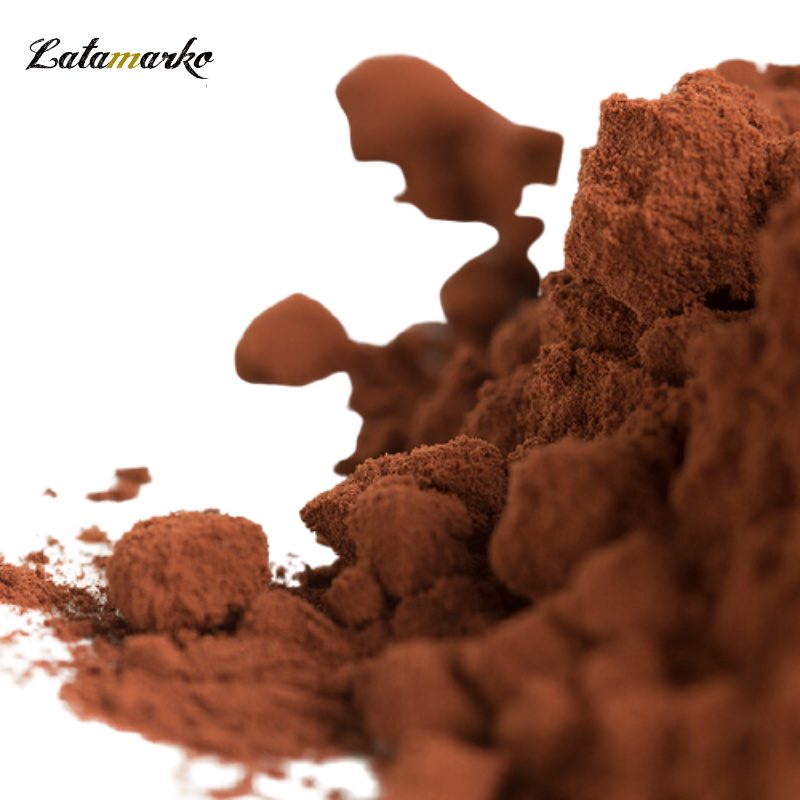
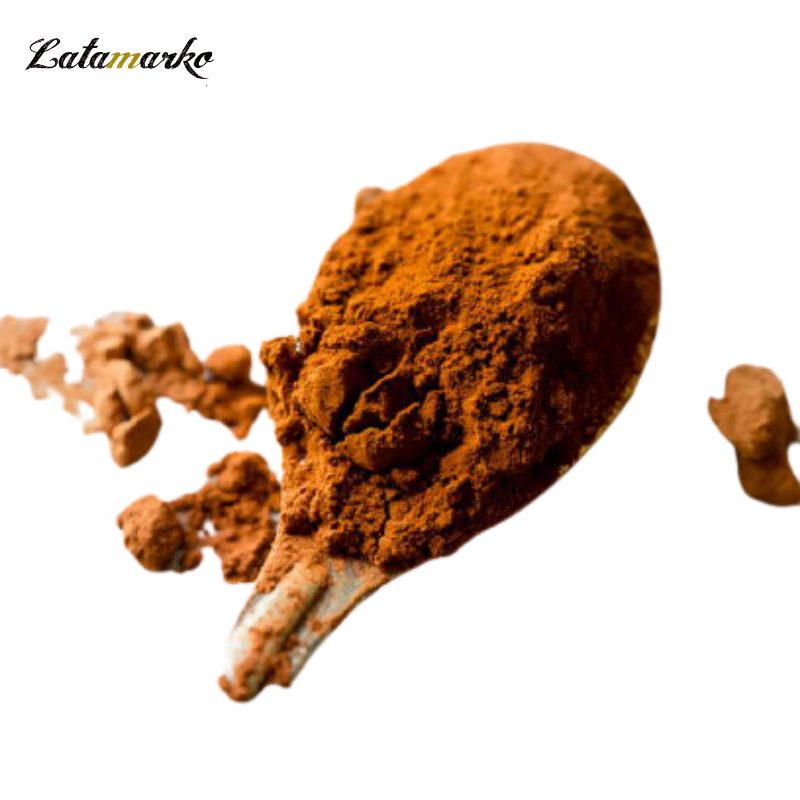
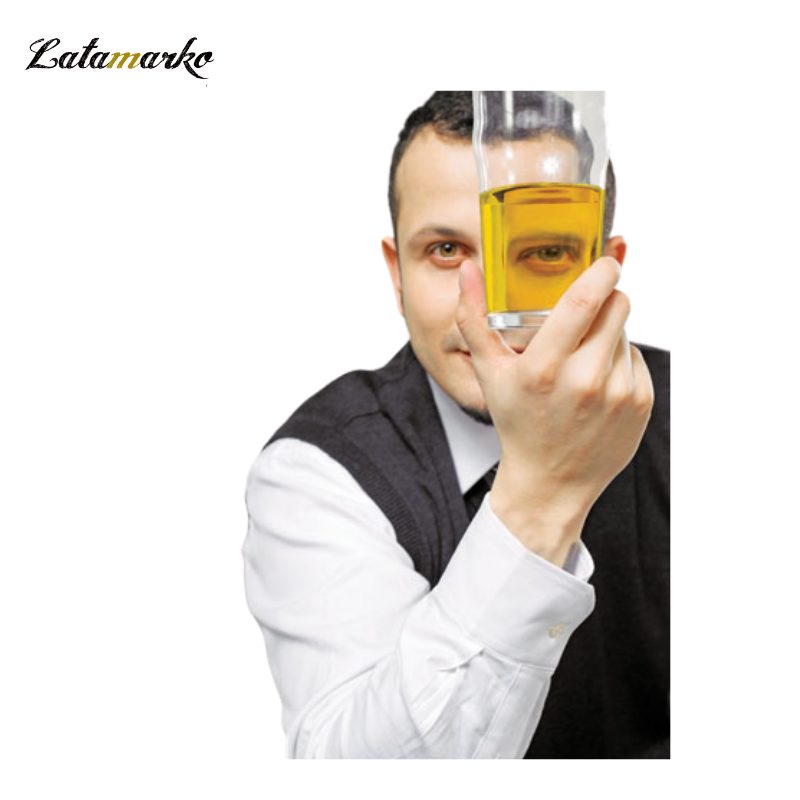
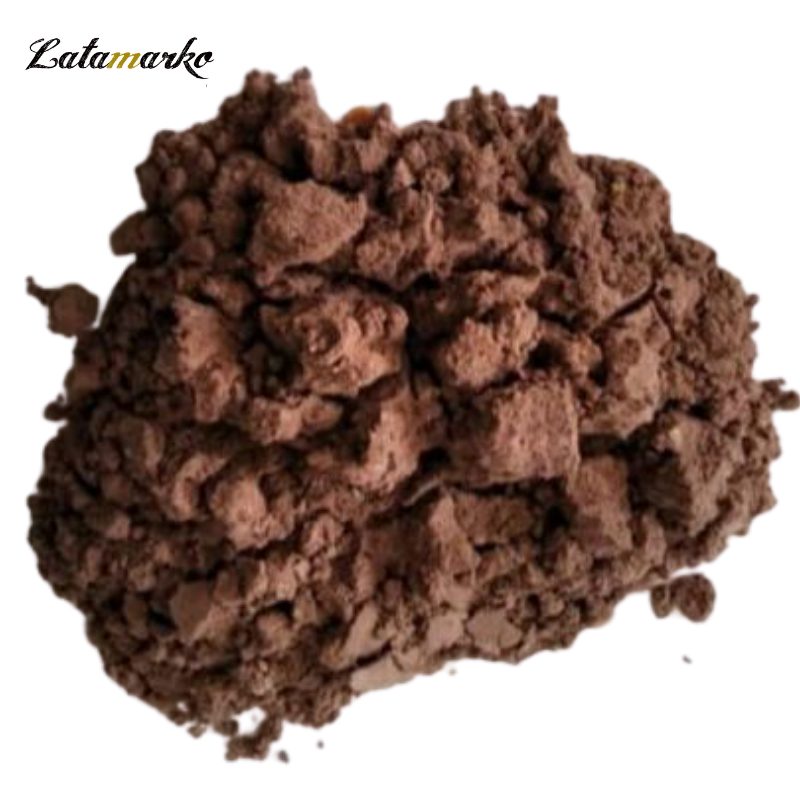

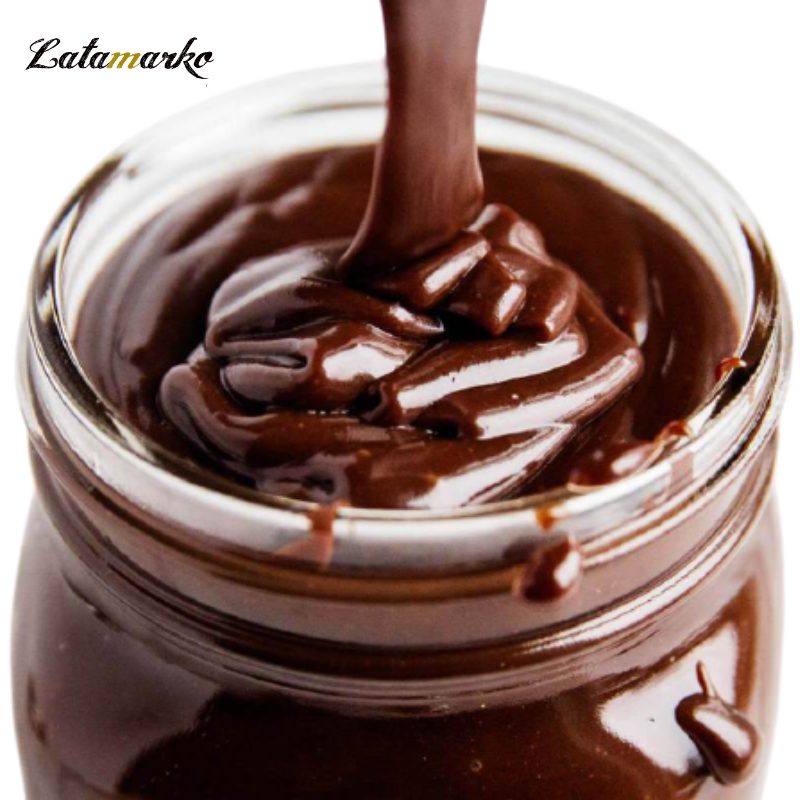
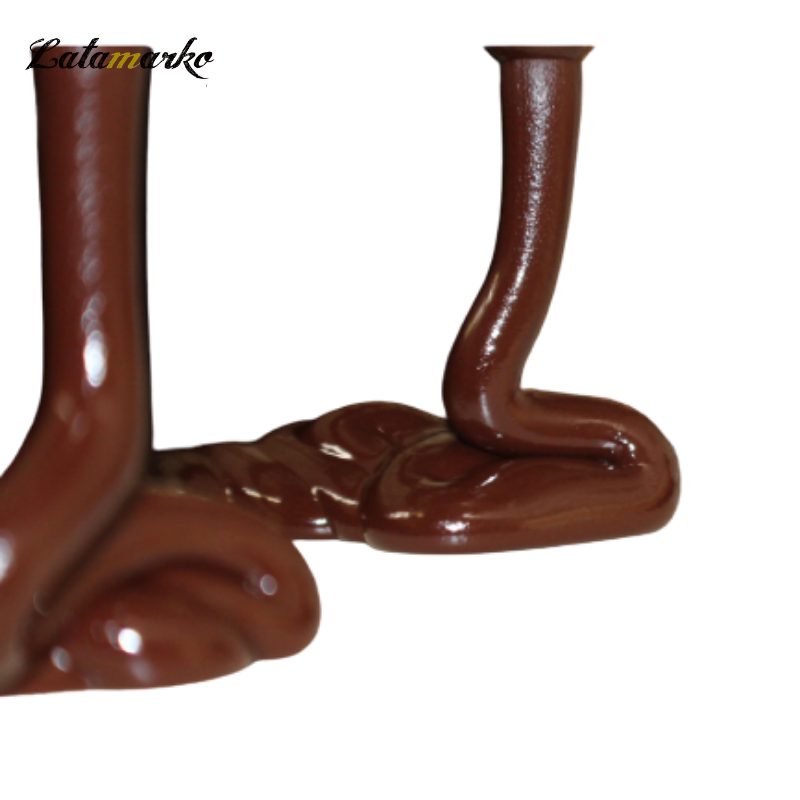
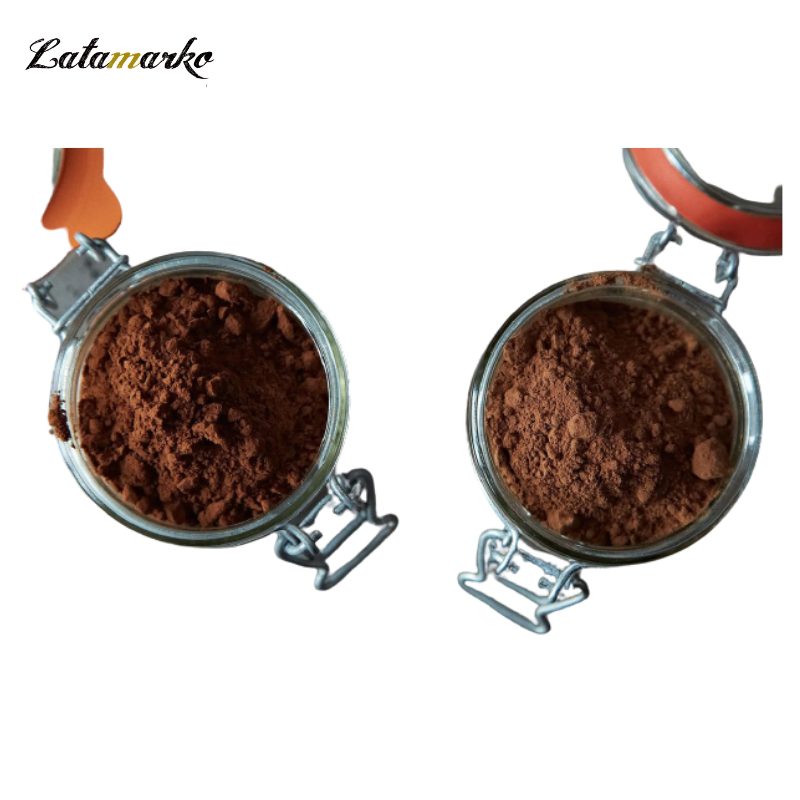
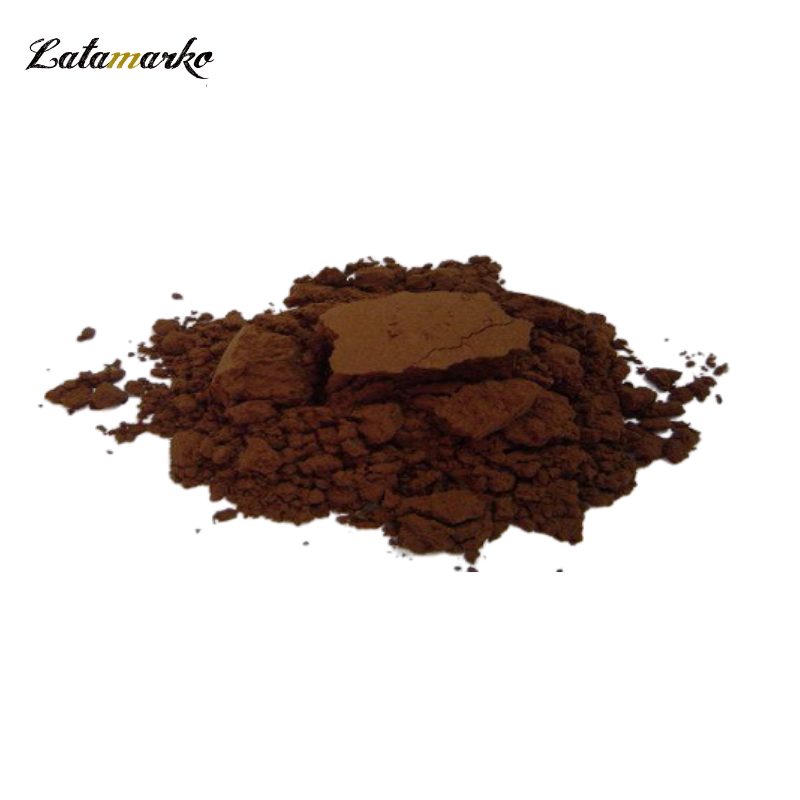
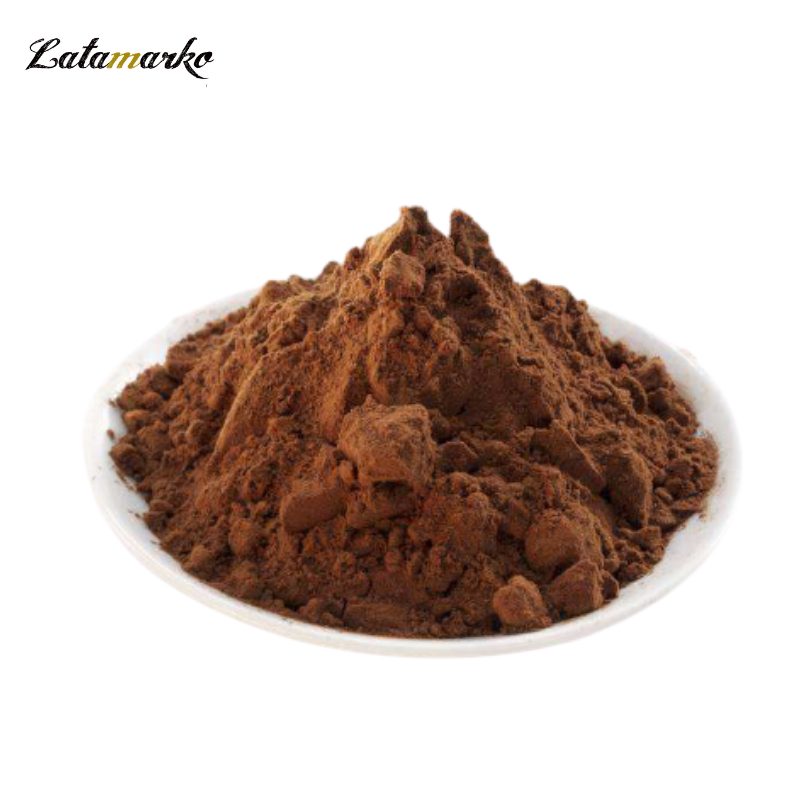

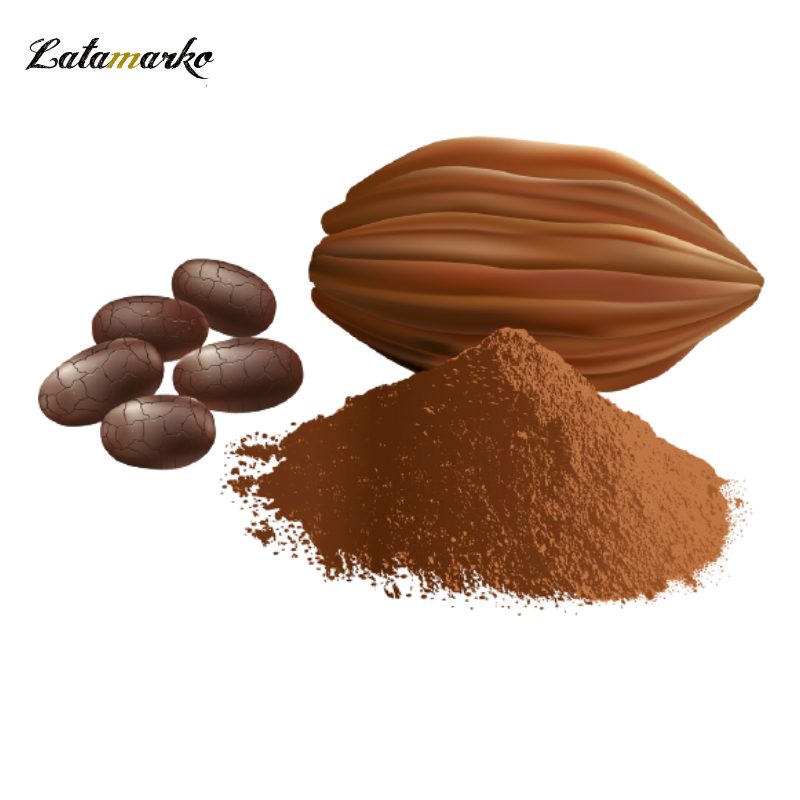



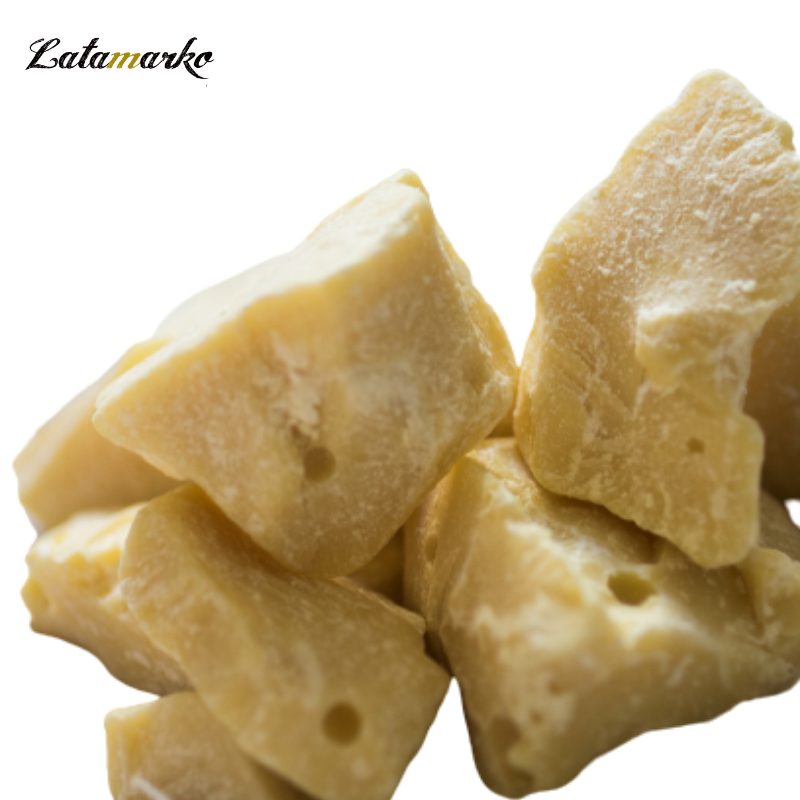
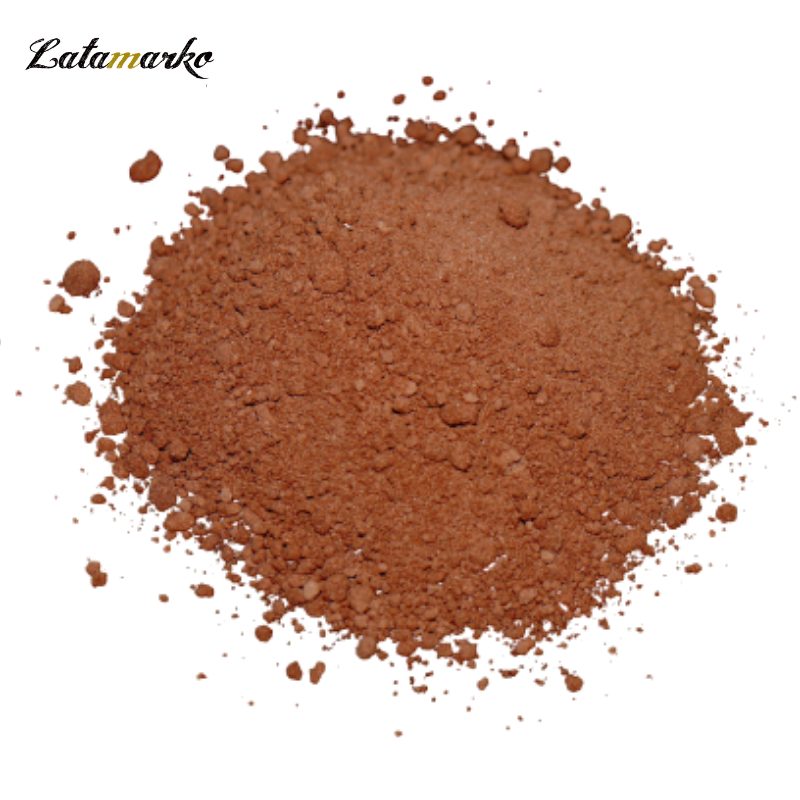
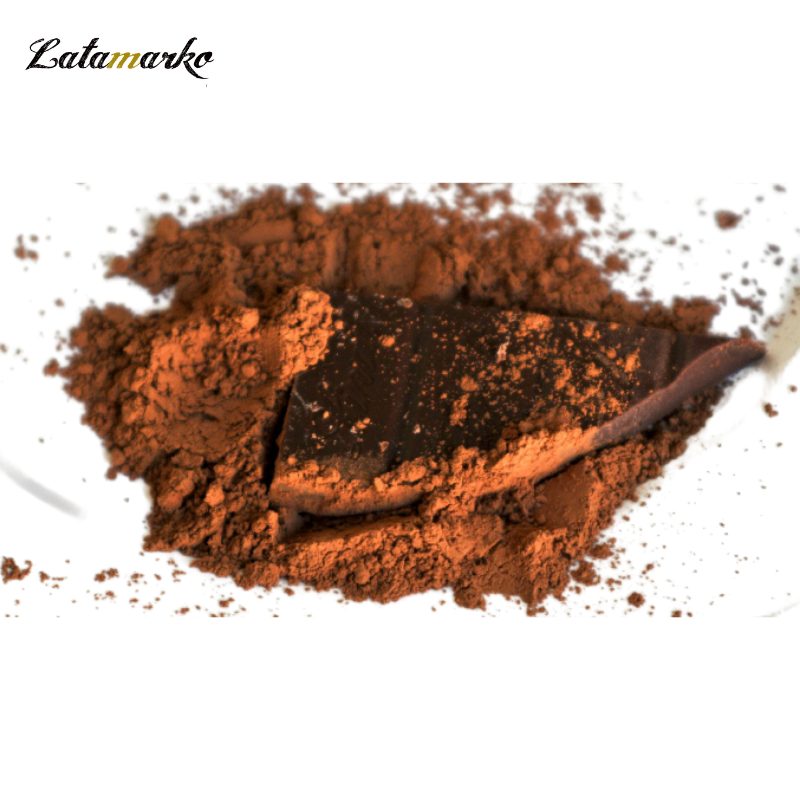


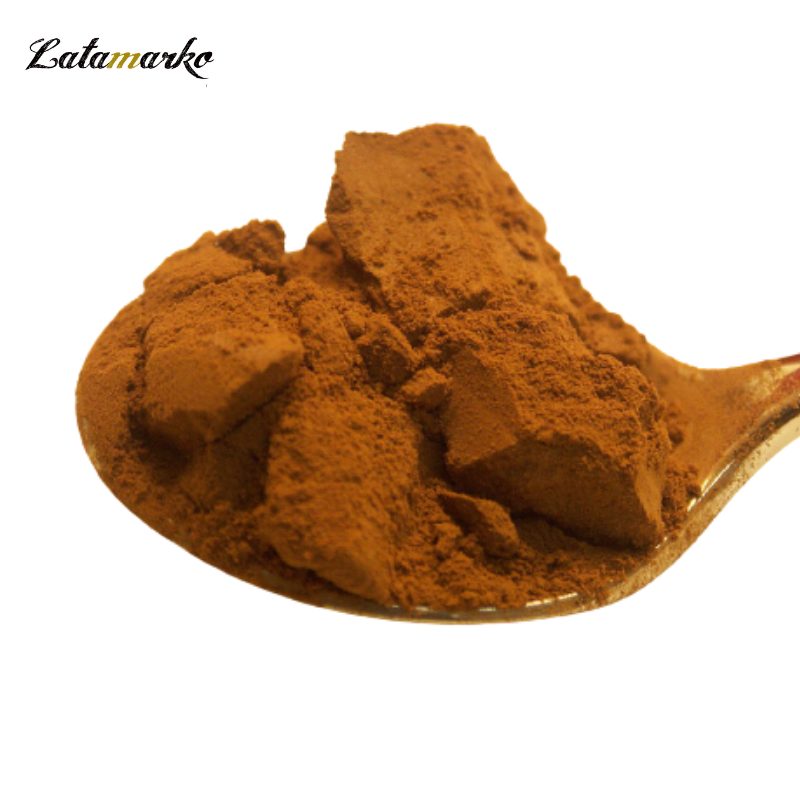
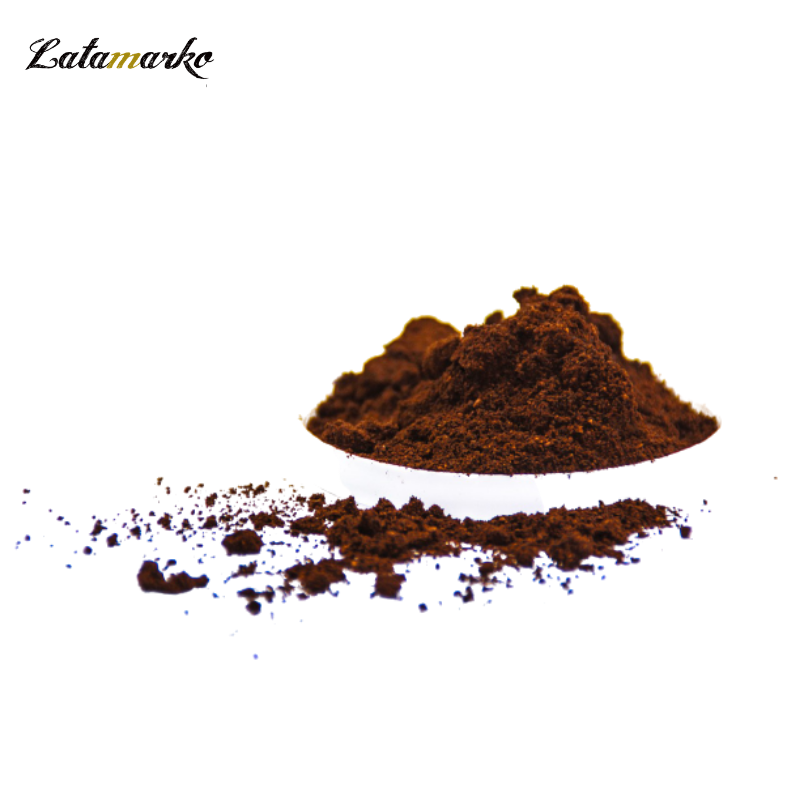






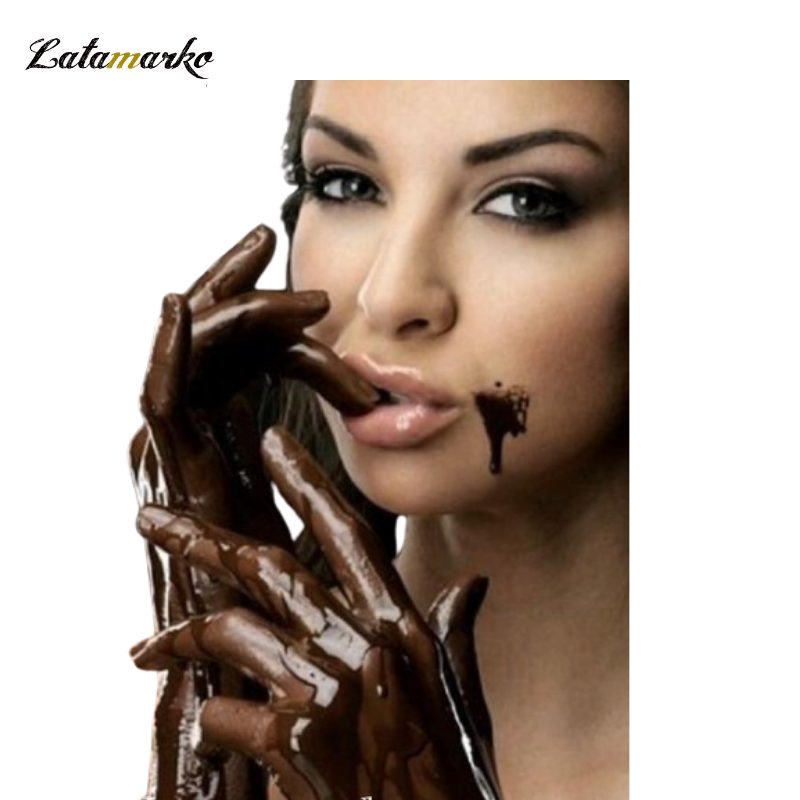
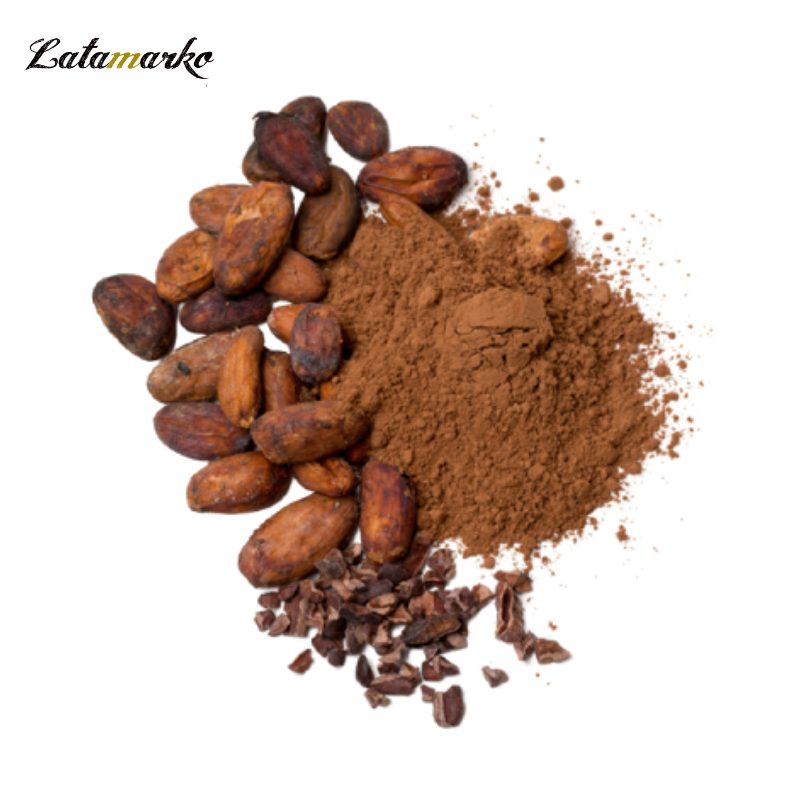
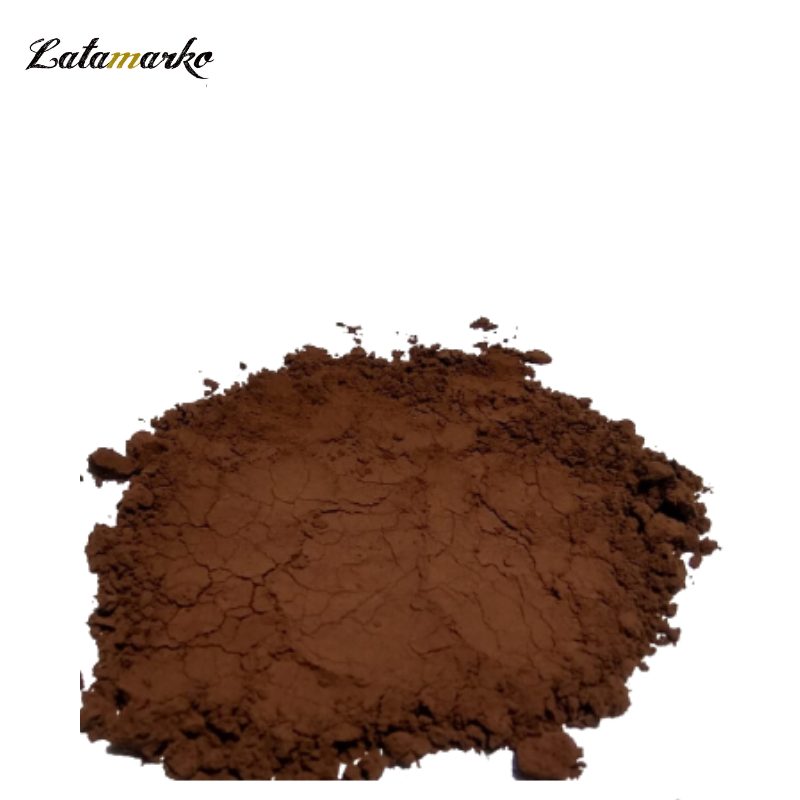
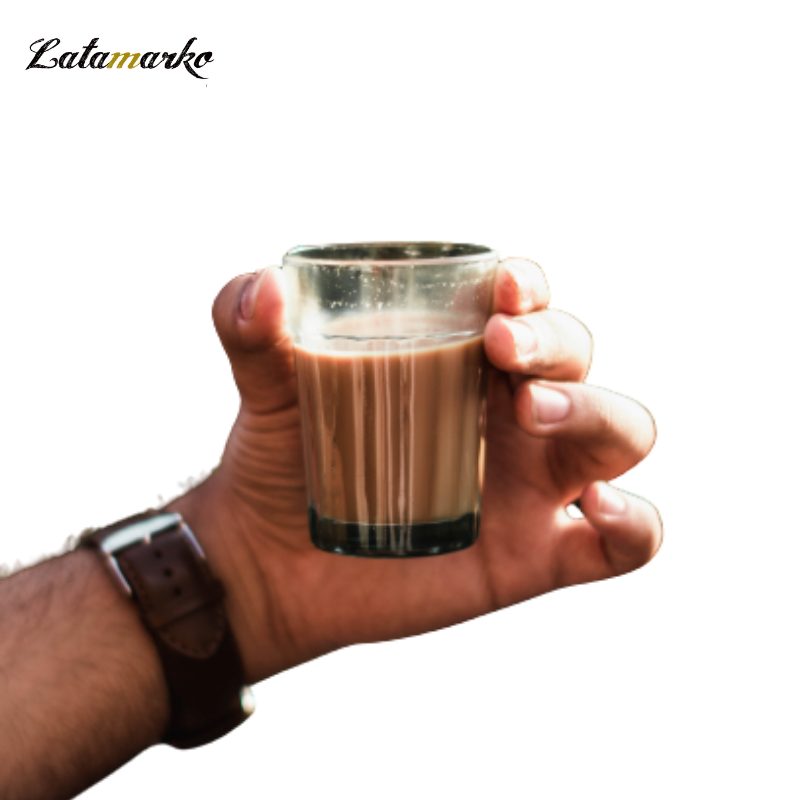
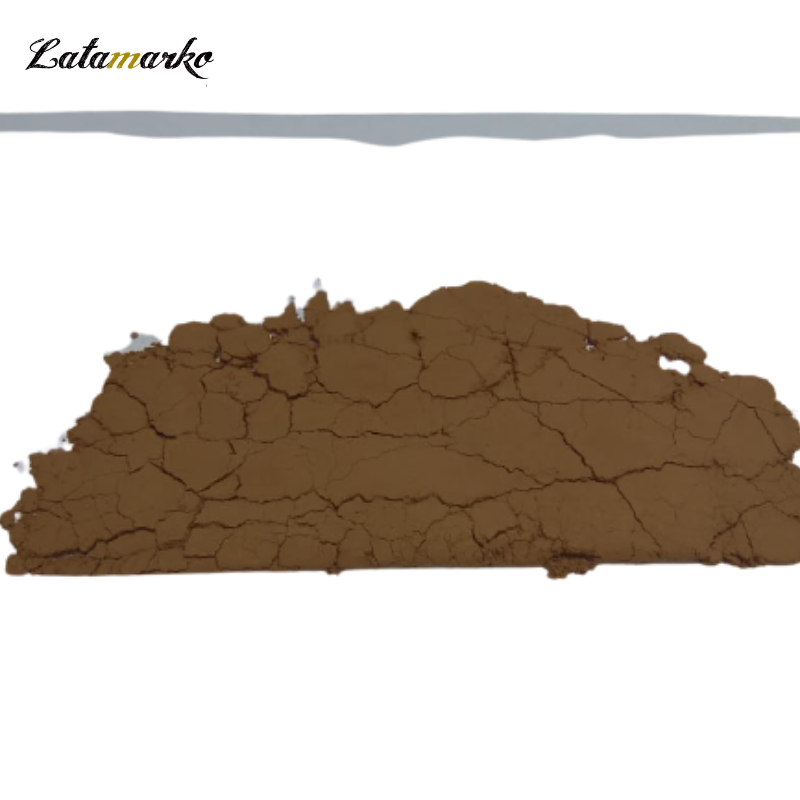


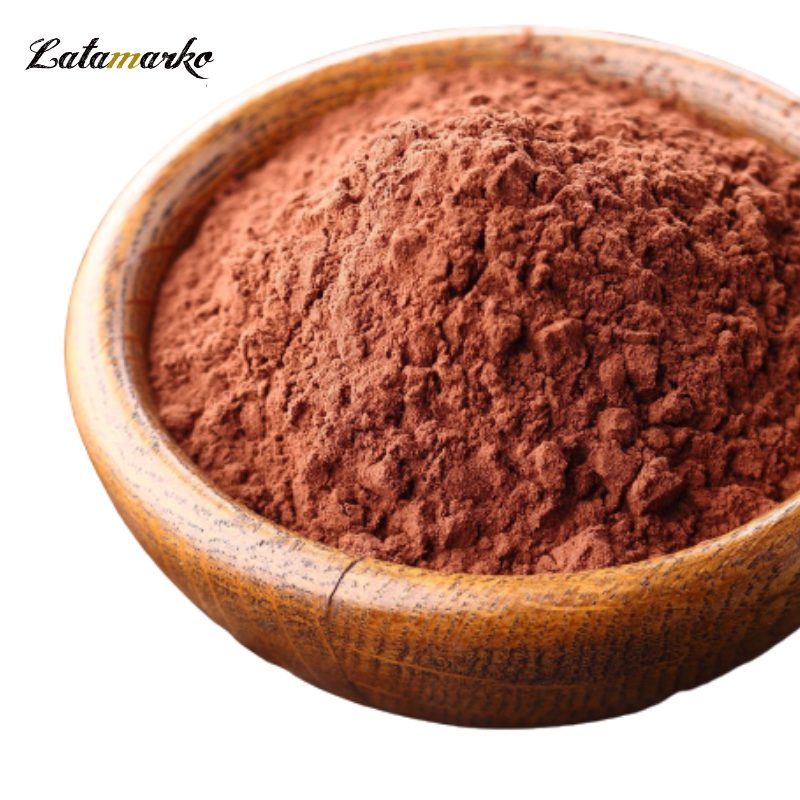

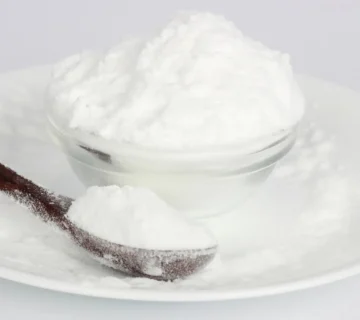
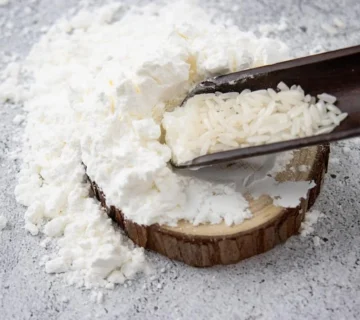
No comment